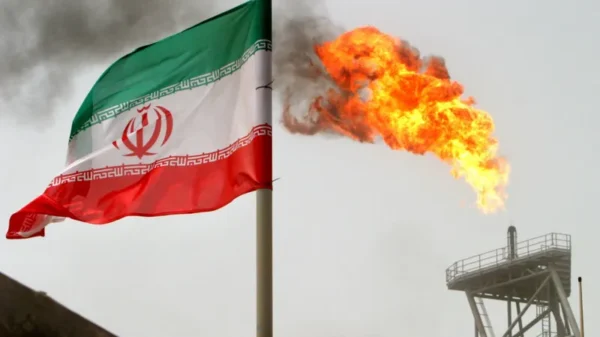On Thursday, a possible slowdown in U.S. interest rate hikes and the debt ceiling bill gaining a crucial vote boosted oil prices.
Brent crude futures for August increased 55 cents, or 0.76%, to $73.15 a barrel by 0640 GMT, while WTI rose 46 cents, or 0.68%, to $68.55.
On Wednesday, U.S. Federal Reserve policymakers hinted at a rate hike “skip” in June, reversing market expectations of a hike that might slow economic growth and lower oil demand.
The U.S. House of Representatives suspension of the $31.4 trillion debt ceiling increased the odds of avoiding a catastrophic federal default.
Brent fell 5.6% and WTI 6.3% from Friday to Wednesday.
Due to weak Chinese data and debt ceiling concerns, oil markets may have been oversold in the last two trading days. “Sentiment rebounded amid the House’s debt bill passage and (the) Fed’s rate hike pause signal,” said Auckland-based CMC Markets analyst Tina Teng.
This week, China, the world’s largest oil importer, showed mixed demand.
According to government statistics released Wednesday, factory activity fell to its lowest level in five months in May, while service sector activity expanded at its slowest pace in four months.
On Thursday, the Caixin/S&P Global China manufacturing purchasing managers’ index (PMI) rose to 50.9 from 49.5 in April, easing concerns over Chinese industrial demand.
Supply-side considerations are also pressuring prices.
According to market sources quoting API numbers on Wednesday, U.S. crude oil stockpiles surged by 5.2 million barrels last week.
Last week, API data showed 1.9 million barrels of gasoline and 1.8 million barrels of distillate fuel stockpiles.
On Thursday, the government will report U.S. crude stocks. However, a U.S. holiday delayed the statistics.
After contradictory signals on whether further cutbacks are probable, investors were awaiting the June 4 meeting of OPEC+, OPEC, and allies like Russia.
At this meeting, HSBC and Goldman Sachs analysts foresee no further cutbacks from OPEC+.














































Comment Template